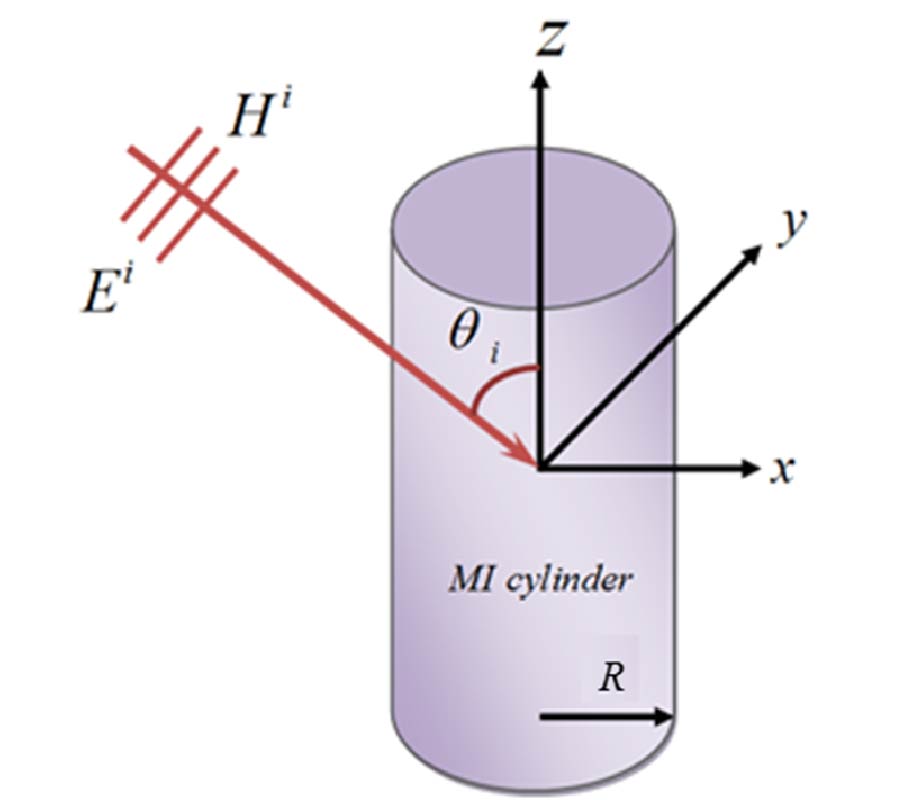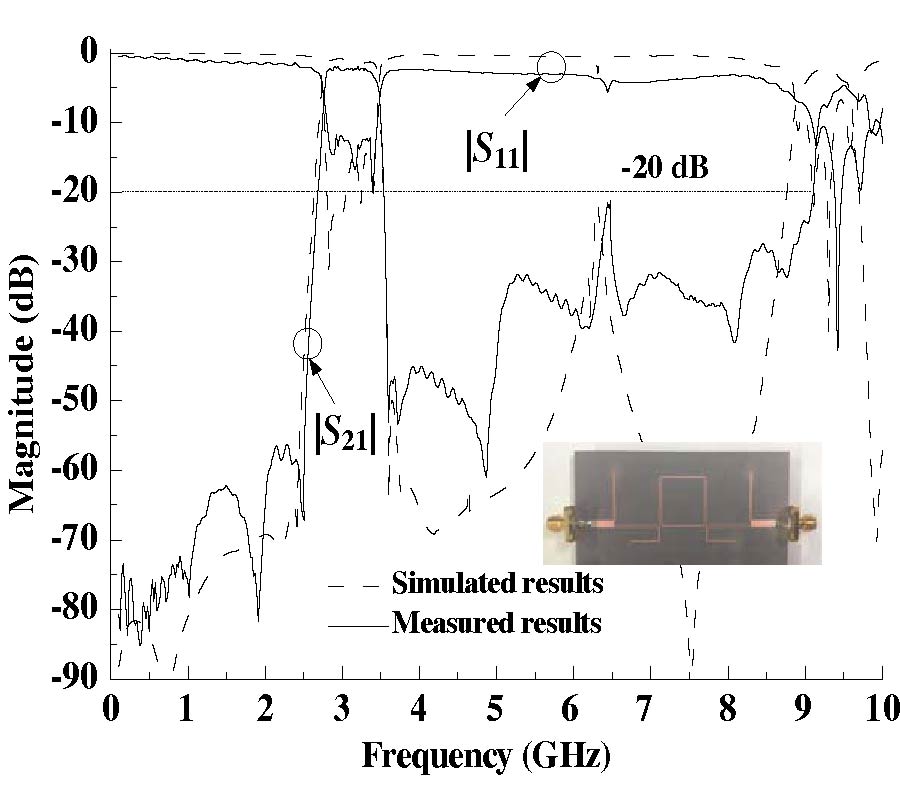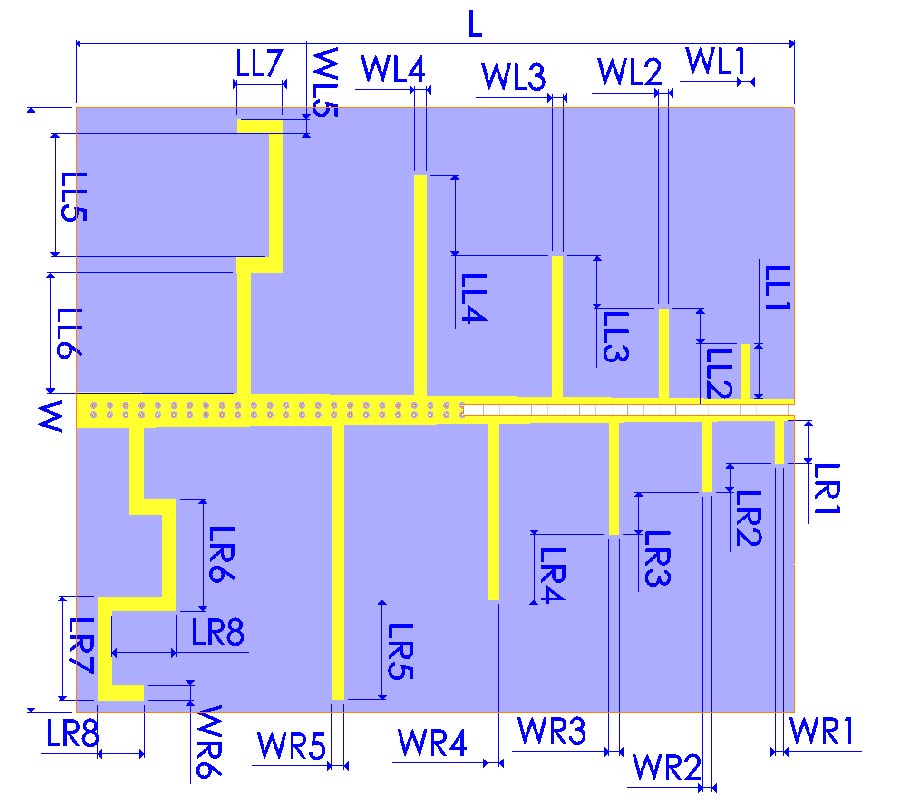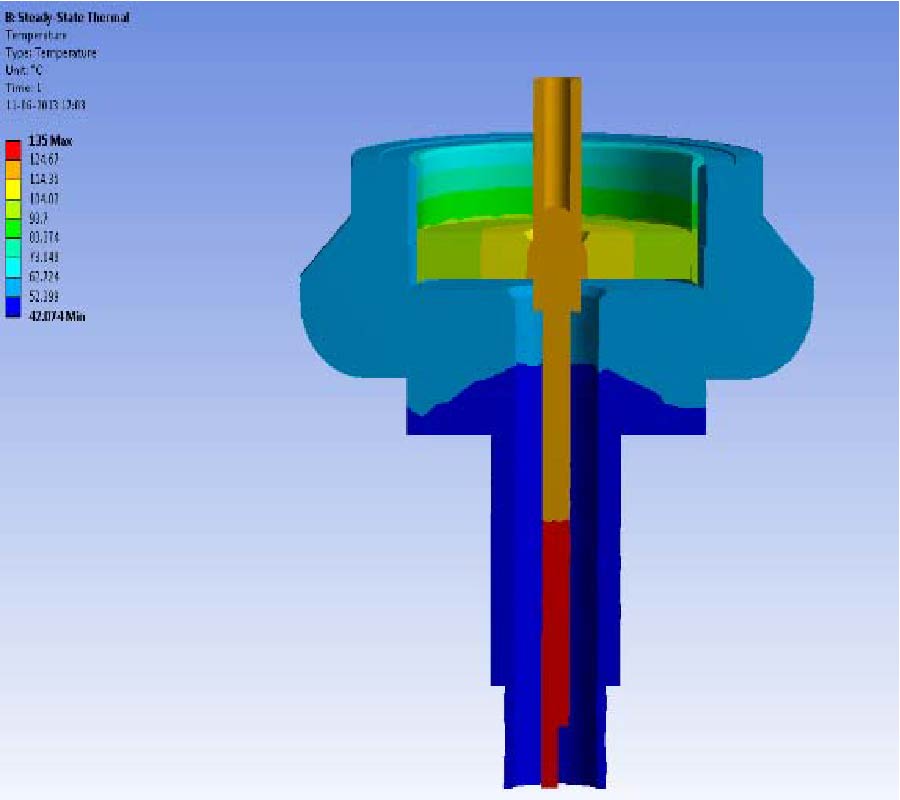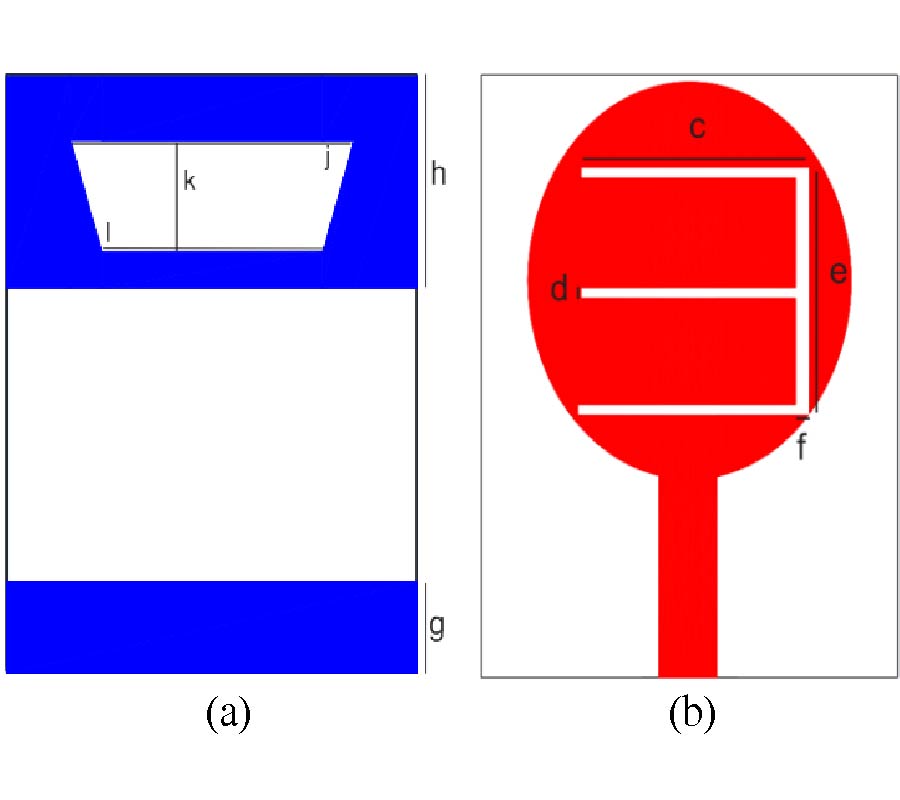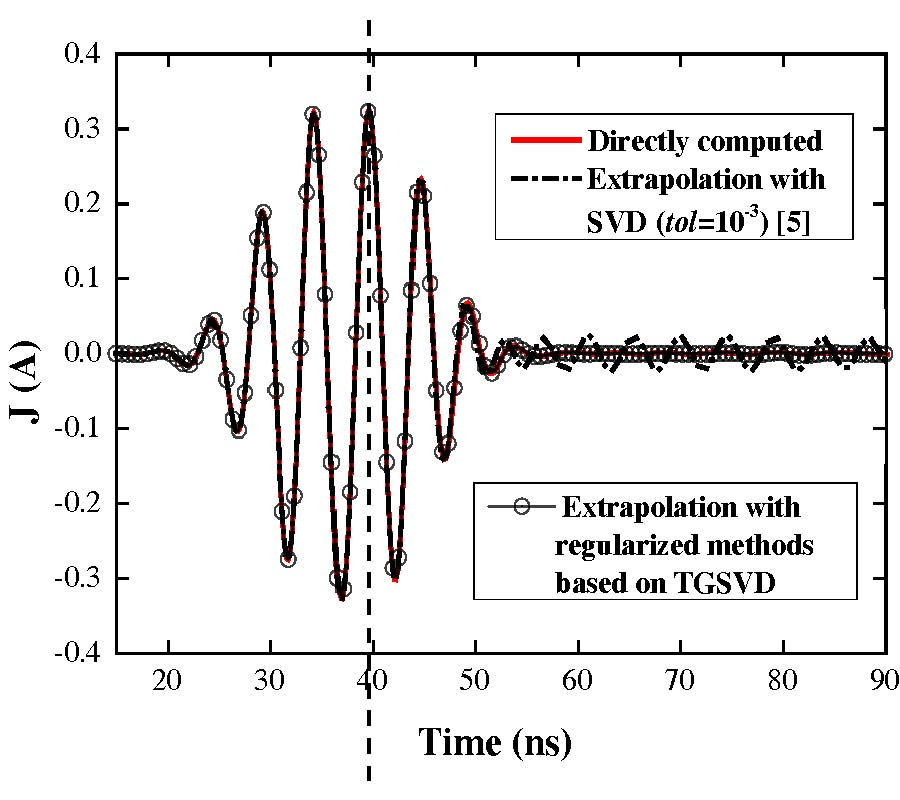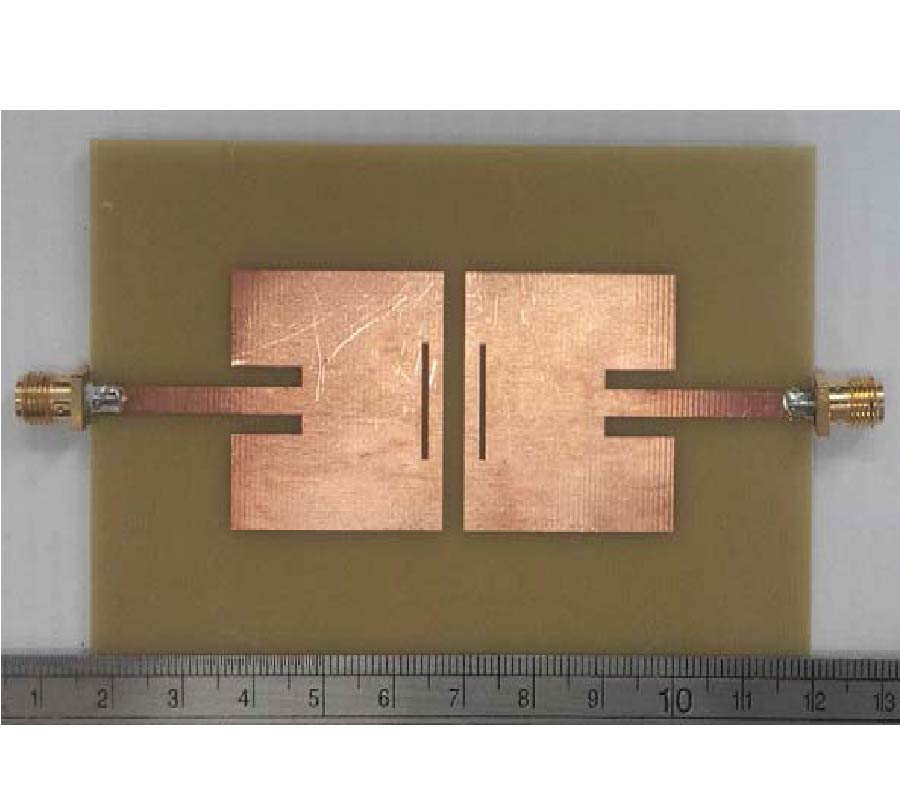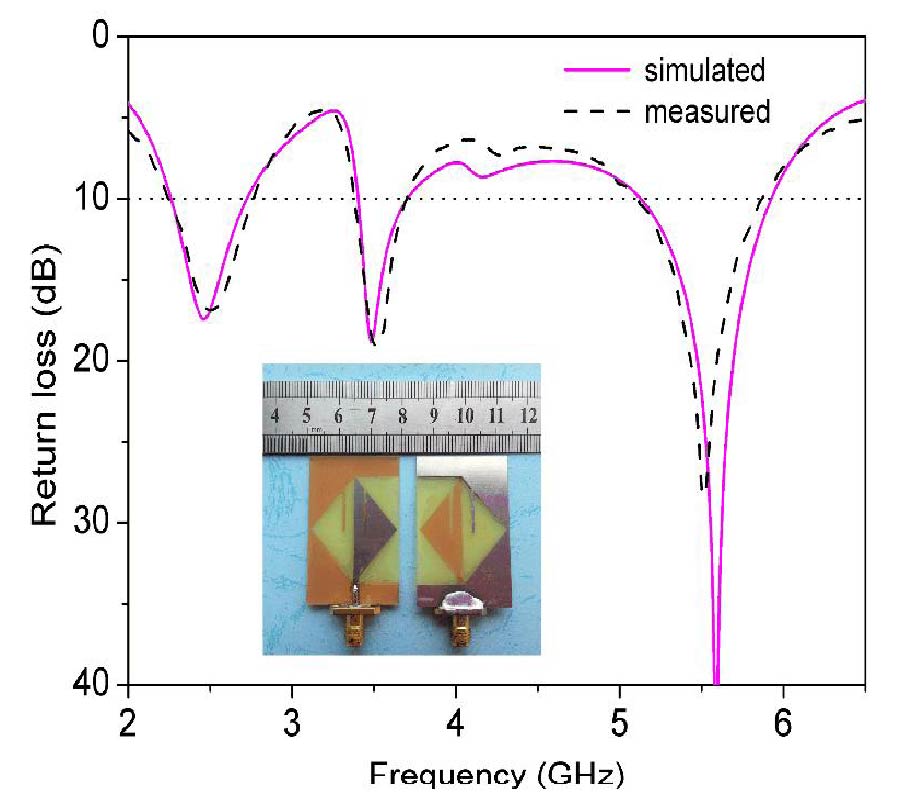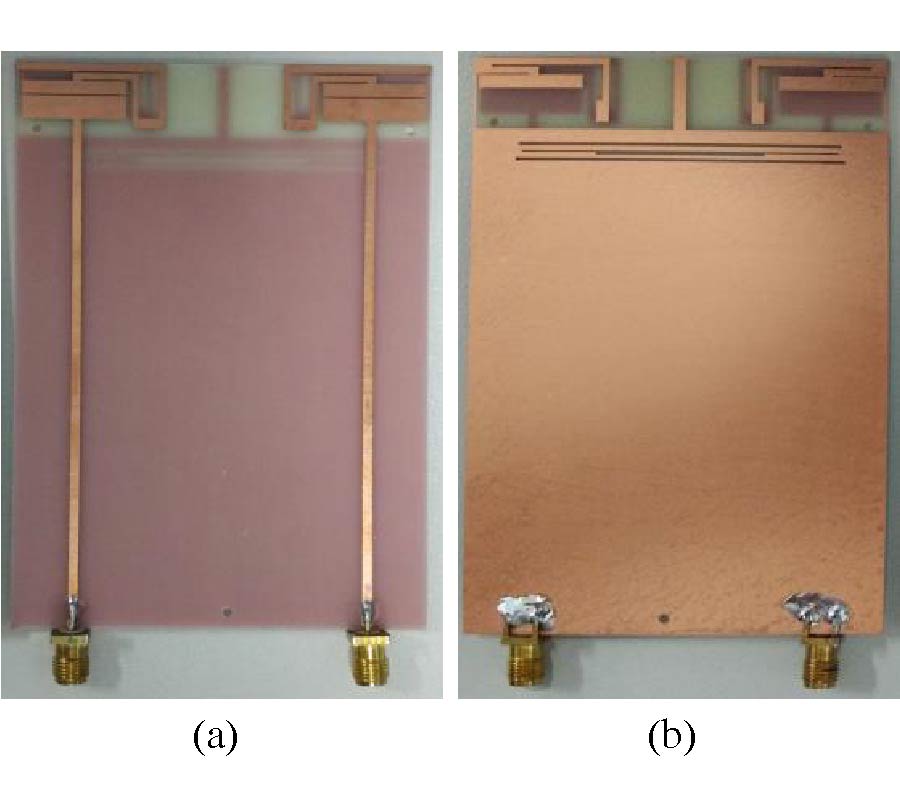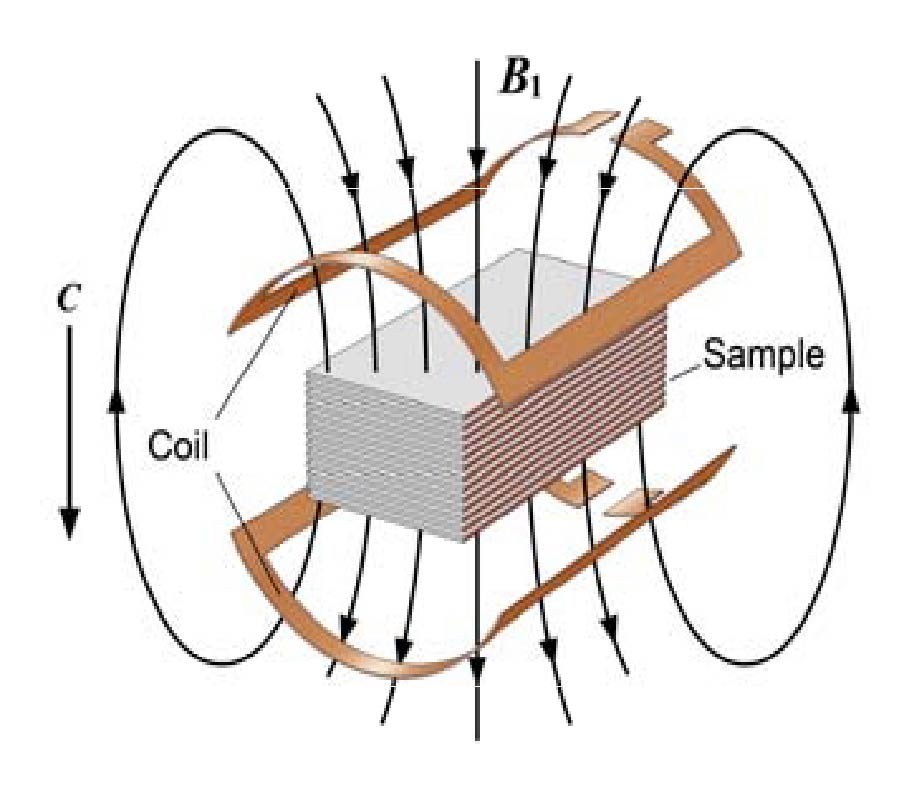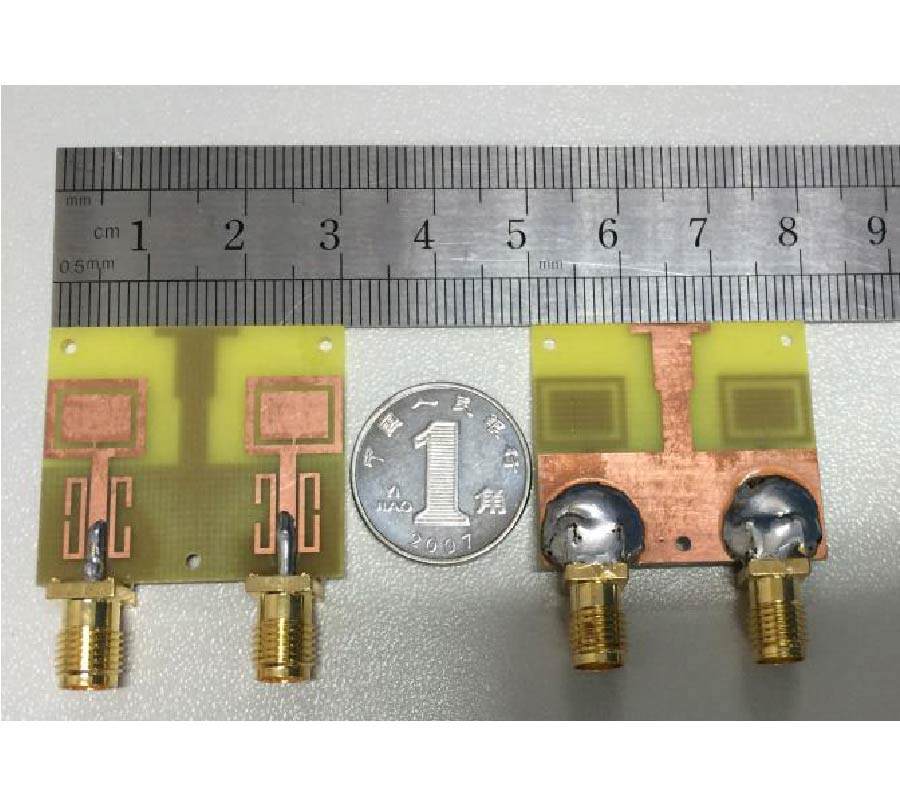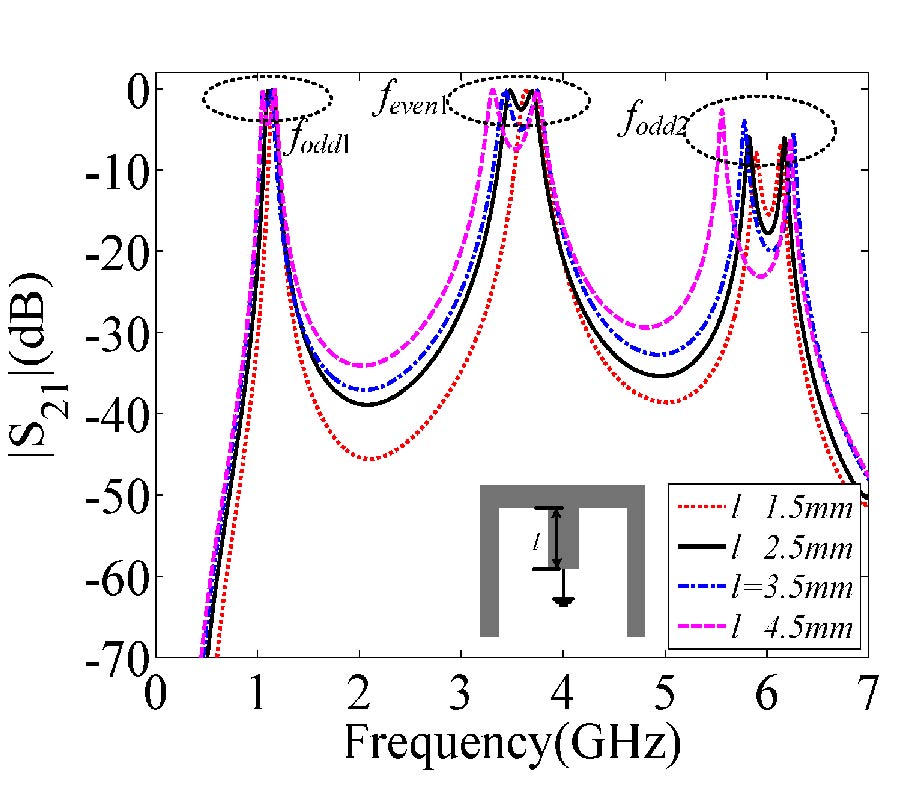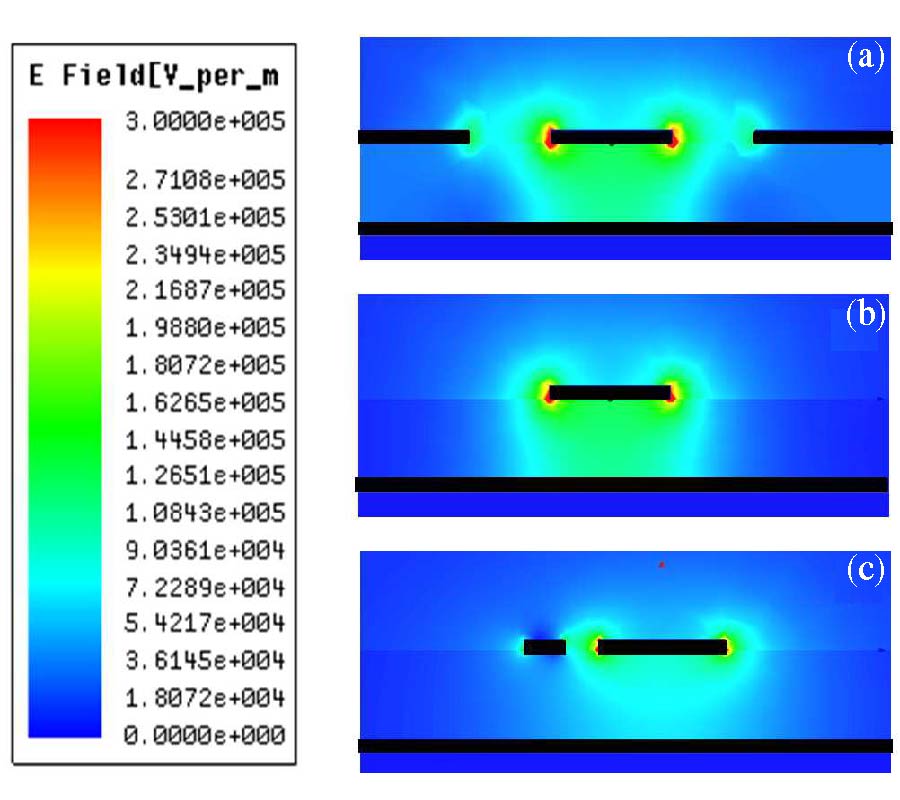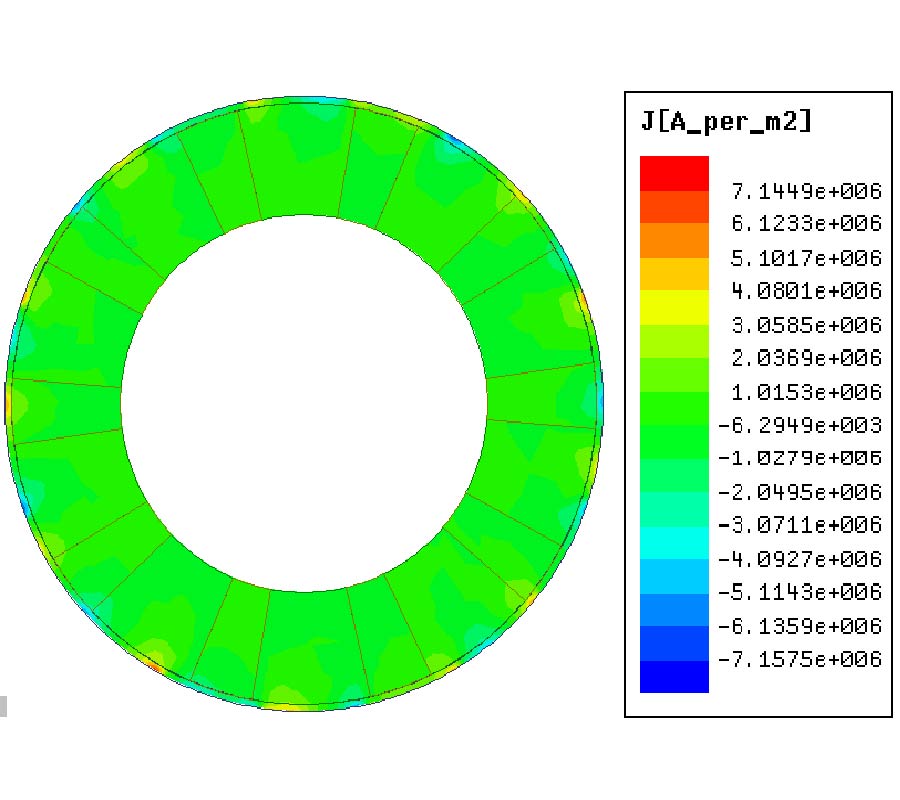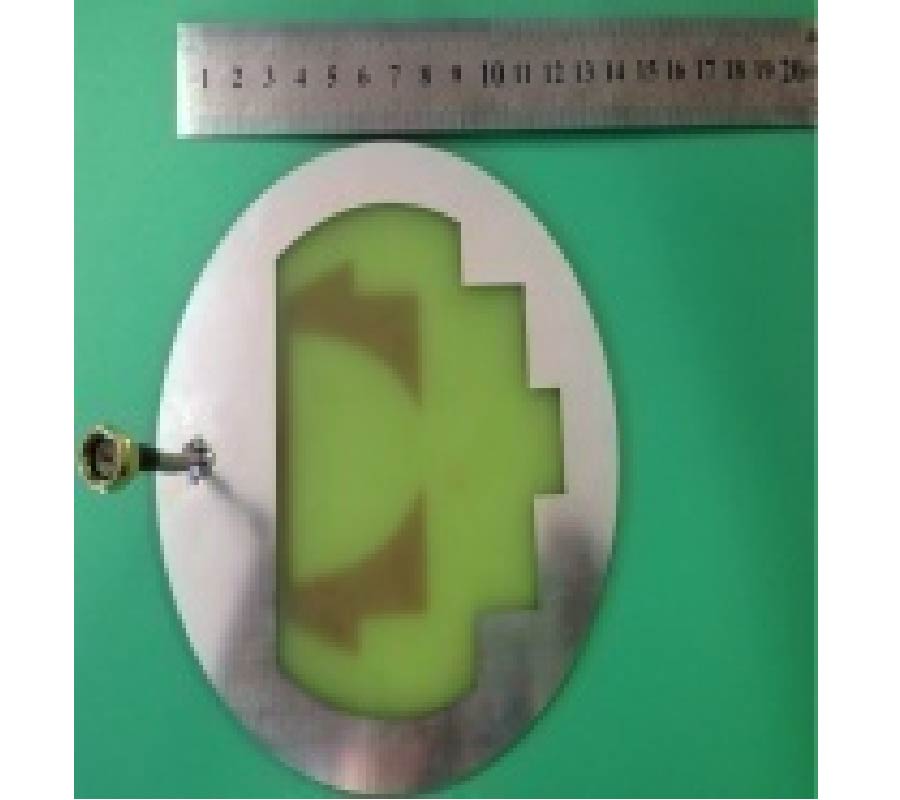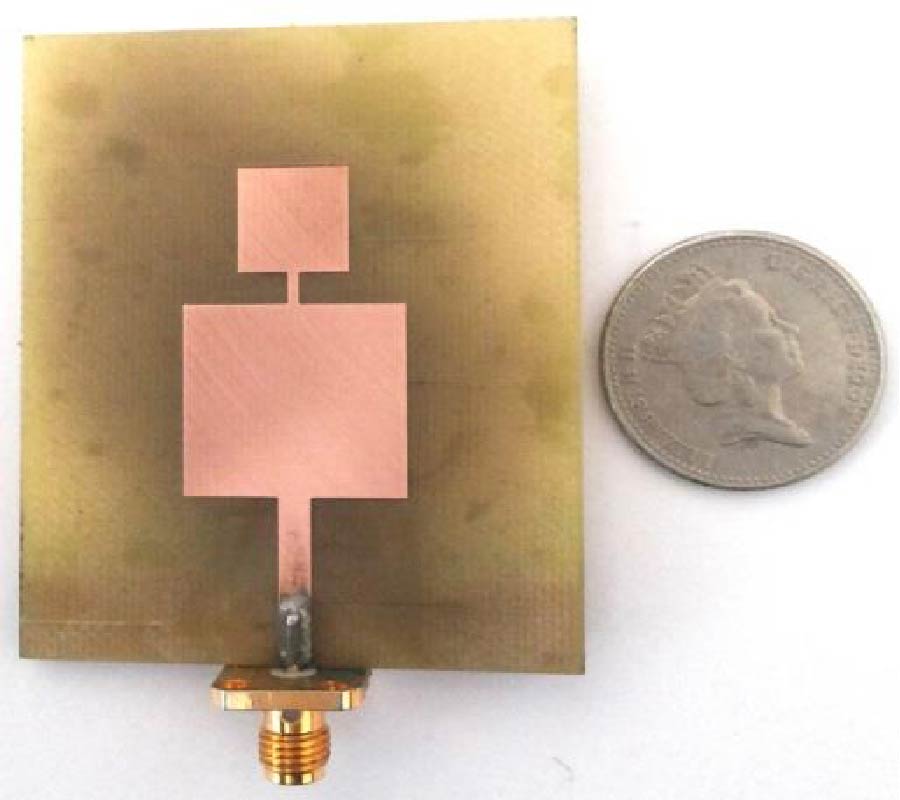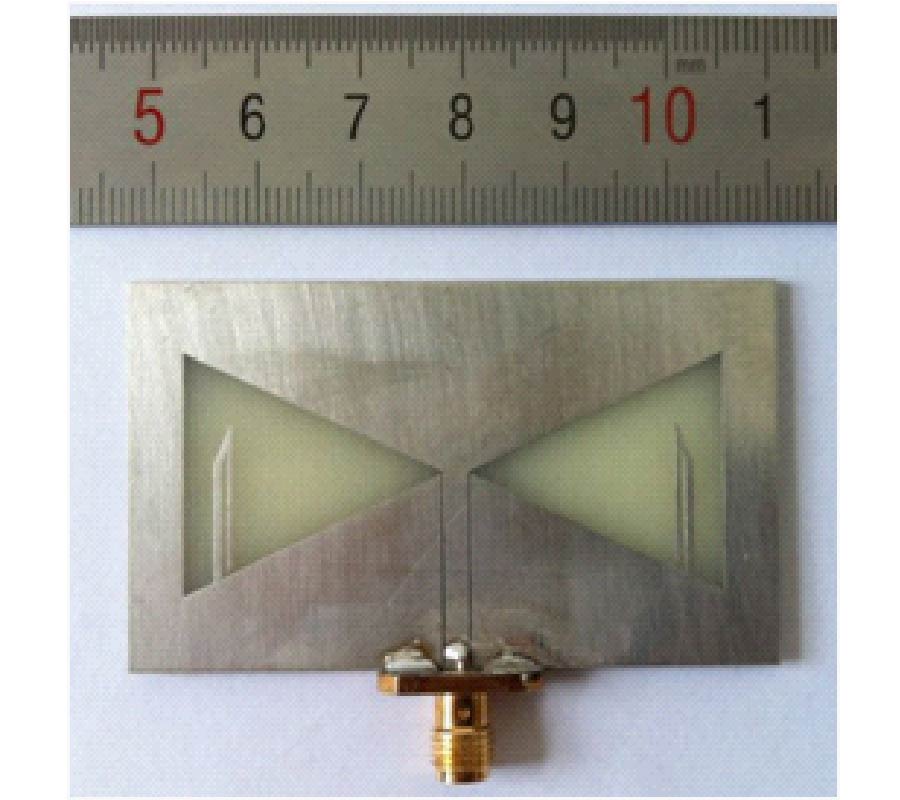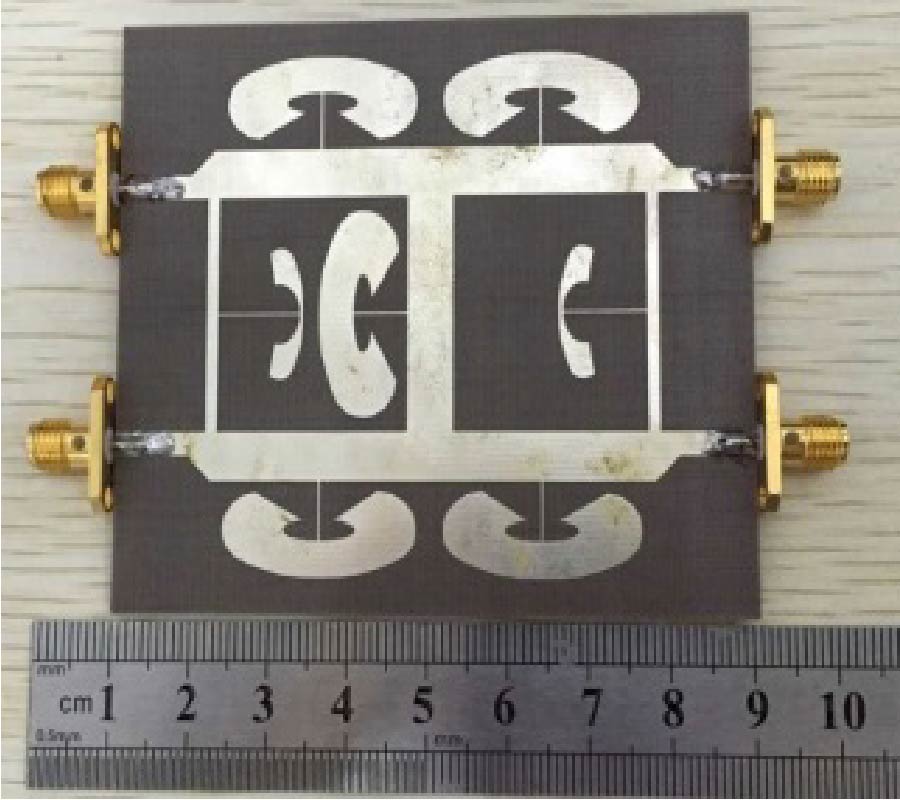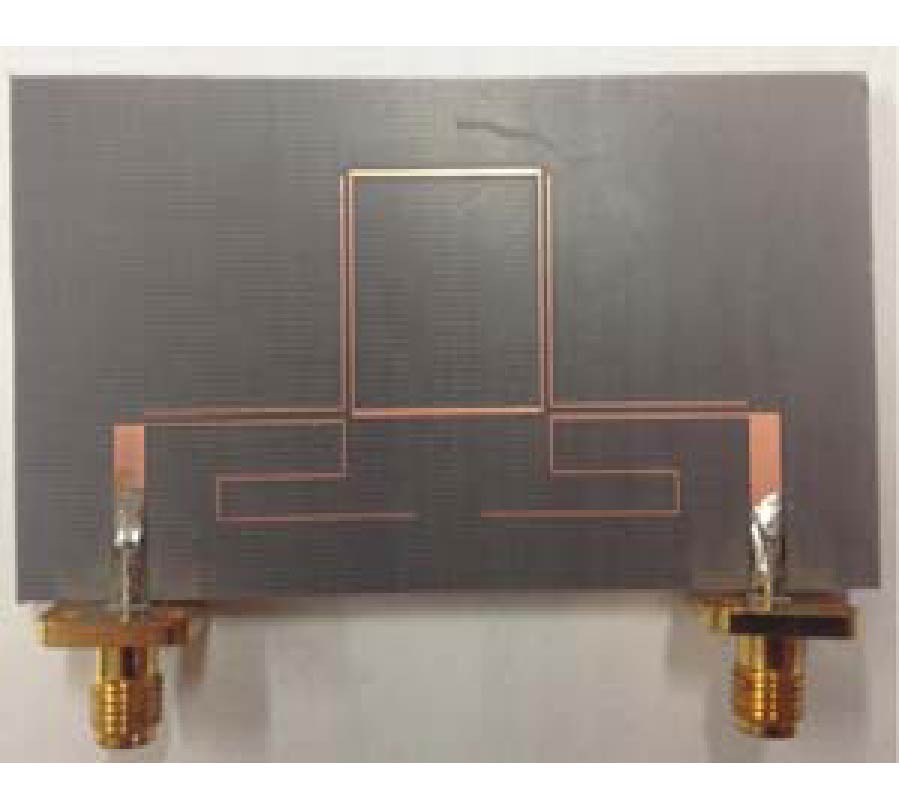Design of Tri-Band Quasi-Self-Complementary Antenna for WLAN and WiMAX Applications
Hui Li,
Le Kang,
Xin Huai Wang and
Ying-Zeng Yin
In this article, a novel printed quasi-self-complementary antenna with tri-band characteristic is presented for WLAN and WiMAX applications. A triangular quasi-self-complementary structure, which consists of a radiating patch and its counterpart slot on the ground, is employed to produce two operating bands centered at about 2.5 and 5.2 GHz. Then, by introducing a rectangular slit cut from the patch and its complementary mirror image strip inserted into the slot, an additional resonance at 3.5 GHz is excited and tri-band operation can be realized. A prototype of the proposed antenna has been successfully fabricated and measured. Both the simulated and measured results are obtained to demonstrate the promising performance required for practical applications. Based on the results, it is shown that 10-dB impedance bandwidths of the proposed antenna are 510 MHz (2.25-2.76 GHz), 330 MHz (3.38-3.71 GHz), and 770 MHz (5.1-5.87 GHz), respectively. Also, nearly omnidirectional radiation patterns and acceptable antenna gains can be achieved over the three operating bands.
